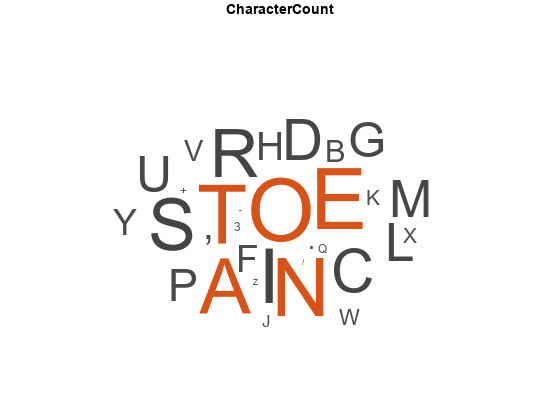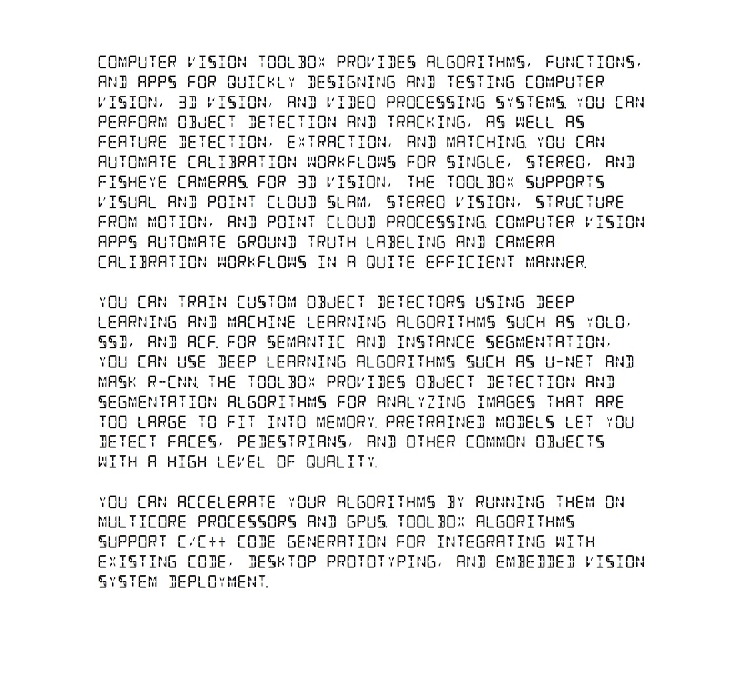ocrTrainingData
Description
[
creates datastores for loading images, bounding boxes, and image text from ground
truth.imds,boxds,txtds] = ocrTrainingData(gTruth,labelName,attributeName)
ocrTrainingData creates training data that you can use to train and
evaluate an optical character recognition (OCR) model from ground truth data. Use the
trainOCR function to train an OCR model and the
evaluateOCR function to evaluate the model.
Examples
Input Arguments
Output Arguments
Version History
Introduced in R2023a


